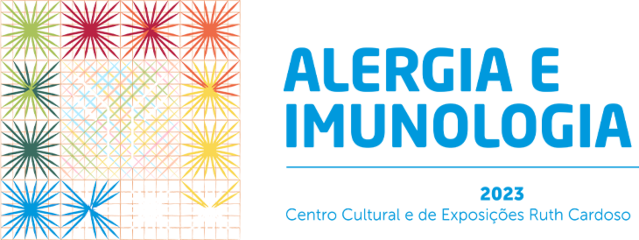Dados do Trabalho
Título
IMMUNOLOGICAL MECHANISMS INVOLVED IN THE USE OF MESENCHYMAL STEM CELLS FOR THE TREATMENT OF ATOPIC DERMATITIS.
Resumo
Rationale: Mesenchymal stem cells (MSCs) are undifferentiated cells that possess immunomodulatory and anti-inflammatory properties and can inhibit the activation of immune cells, promoting the regeneration of damaged tissues. Studies suggest that MSCs, especially those derived from umbilical cord blood (hUCB-MSCs), could be a therapeutic option for atopic dermatitis (AD). Therefore, the objective of this study is to understand the key immunological mechanisms involved in this potential approach. Methods: A systematic literature review of articles from databases such as MedLine (via PubMed), Scielo, BVS, Cochrane, and Lilacs. The search strategy used was "eczema" OR "atopic dermatitis" AND "umbilical cord," and no filters were applied. A total of 246 studies were found, and after data extraction and bias assessment, 19 studies were selected. Results: MSCs act by inhibiting the activation of T lymphocytes and suppressing the functions of B cells, thereby affecting antibody production. They also reduce mast cell degranulation and promote the secretion of PGE2, TGF-β1, and TNF-α. Additionally, they interfere with the activation, production, maturation, and secretion of pro-inflammatory cytokines, potentially alleviating AD symptoms. MSCs can be administered to patients through intravenous infusions or local injections of MSCs, with dosages ranging from 2.5 × 107 to 3.0 × 108 cells. Studies conducted in mouse models suggest that this therapeutic approach modulates the inflammatory response of keratinocytes, Th2 cells, and mast cells. Conclusions: Mesenchymal stem cells show promise in treating AD and appear to alleviate its symptoms through their ability to interfere with the production of inflammatory cytokines, inhibit immune cell activation, and promote tissue regeneration. These qualities justify their use in AD treatment. However, further studies with more robust results recommending their use are necessary to evaluate the level of treatment efficacy and safety.
Área
Dermatite atópica e de contato
Autores
BEATRIZ AUSTREGESILO DE ATHAYDE DE HOLLANDA MORAIS, Ana Beatriz Melo Costa, Agnes Oliveira Lima, Catarina Rodriguez Silva, Livia Veiga Araújo, Priscila Paiva Torres Castro, Pedro Ferraz Gatto, Renato Leão Praxedes Araújo
